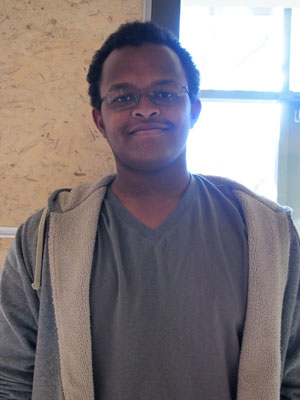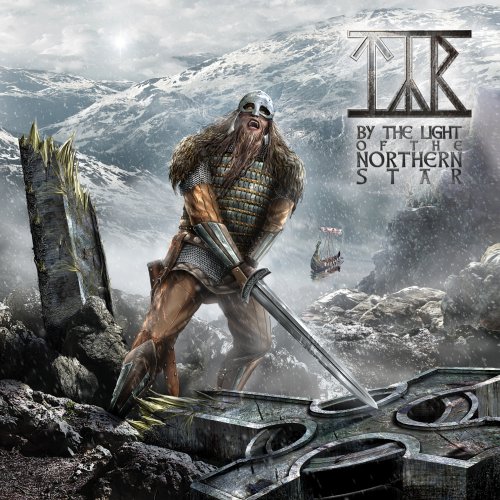Minds at Mines: Super Bowl
With the Winter Olympics set to start in Sochi, Russia and Super Bowl 48 featuring the Denver Broncos, the beginning of February will not be boring in the sports world. Many Mines students will be sure to be found huddled around a television somewhere with chicken wings in hand. But the question is, what will they be watching? A week before Super Bowl Sunday, Minds at Mines asked, “Which are you more excited for this year: the Super Bowl or Olympics?”


